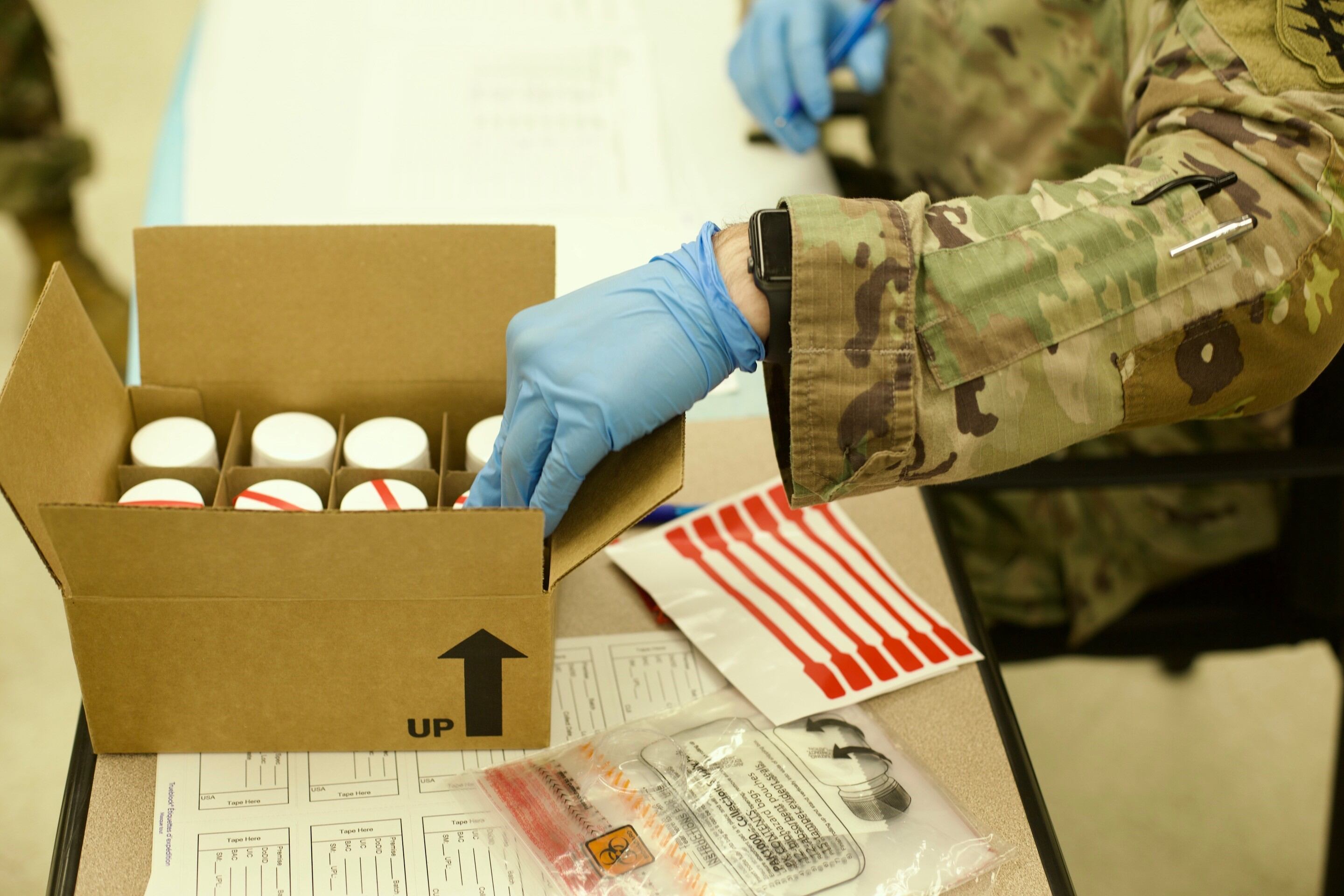Though the Army saw a reduction in overall drug overdose death rates in recent years, soldiers at five Army installations are dying of drug overdoses at more than double the rate of other Defense Department personnel.
Responding to a query from a bipartisan group of senators, the letter from Defense Undersecretary Gilbert Cisneros Jr. offered a public understanding of the opioid epidemic’s impact on the military services in recent months. The lawmakers’ query followed a Rolling Stone article that examined drug-related deaths at Fort Bragg, North Carolina.
RELATED

The letter analyzed fatal and non-fatal drug overdoses among active-duty troops between 2017 and 2021, finding that fatal overdoses increased from 4.2 deaths per 100,000 troops in 2017 to 5.1 overdose deaths per 100,000 within four years.
Deaths involving fentanyl, a powerful synthetic opioid driving much of the overdose epidemic nationwide, more than doubled across all services during the period.
Among the general public, 28.3 people per 100,000 died due to drug overdose in 2020, according to Centers for Disease Control data cited in the report.
Across the entire Army, the drug death rate declined from 6.5 per 100,000 soldiers in 2017 to 6.1 per 100,000 soldiers in 2021. The service experienced 171 fatal overdoses during the period. But some installations stood out, with five experiencing overdose death rates double the overall DoD rate or greater.
Fort Bragg, which has an assigned population of around 46,140 soldiers according to data provided to Army Times in September 2022, suffered 31 overdose deaths over the period.
The “Home of the Airborne and Special Operations Forces” had a rate of approximately 16.8 annual deaths per 100,000 soldiers over the report’s four-year window. While higher than the service-wide average, that rate still falls far below the national average.
Officials did not release the report’s underlying data, meaning that several installations’ overdose totals during the study period remain undisclosed. The letter also described efforts aiming to curb drug abuse, ranging from drug testing to treatment and harm reduction programs.
Cisneros, the senior Pentagon official, said the military “continues to evaluate, refine, and improve strategies for overdose prevention to ensure we are making every effort to prevent these tragic deaths” in the letter.
Sen. Ed Markey, D-Mass., was less sanguine, though he praised DoD officials for providing the data to lawmakers.
“Our military is not immune to the opioid epidemic,” the senator said in a release. “We have lost countless service members to overdose, and if we fail to take action to protect those in uniform, we will lose countless more.”
The full report is published below.
Military Times Pentagon bureau chief Meghann Myers contributed to this article.
Davis Winkie covers the Army for Military Times. He studied history at Vanderbilt and UNC-Chapel Hill, and served five years in the Army Guard. His investigations earned the Society of Professional Journalists' 2023 Sunshine Award and consecutive Military Reporters and Editors honors, among others. Davis was also a 2022 Livingston Awards finalist.




